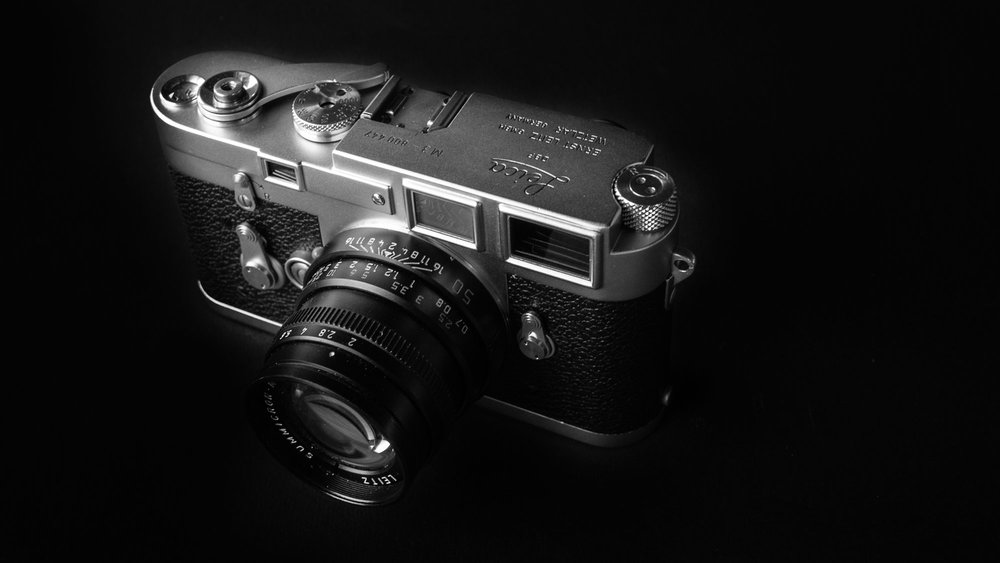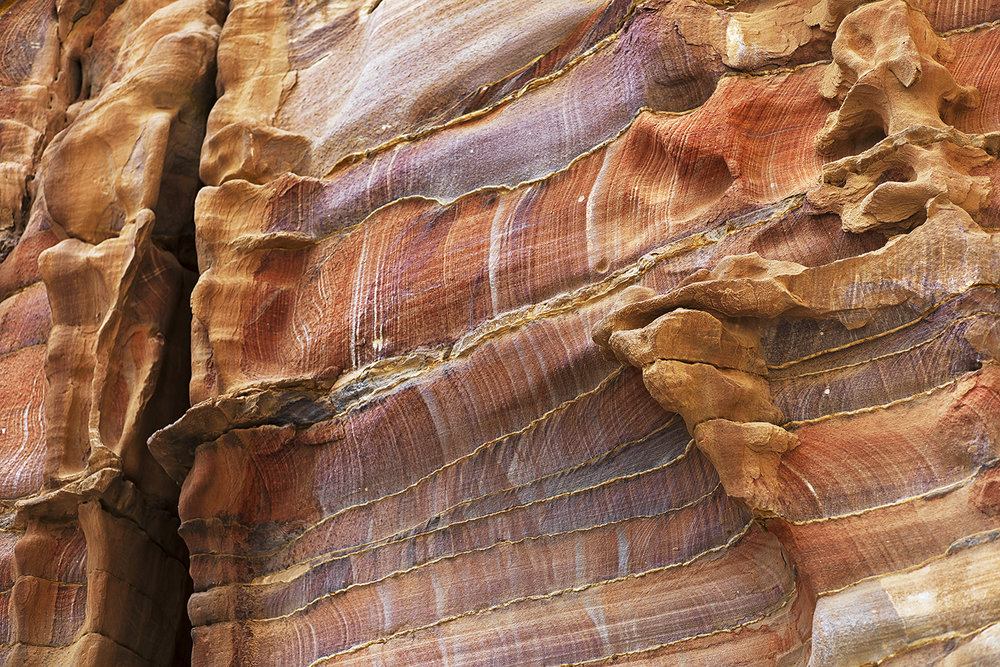
Tuesday’s article on classic digital cameras has raised a great deal of interest and produced some very helpful comments. David Babsky has submitted a shedload of suggestions while others have highlighted their particular favourite. This is clearly a subject close to the hearts of many Macfilos readers. Let’s wait a week or two and then make a list of all the suggestions. I’ll let you see the result and perhaps we can have a vote on the all-time digital mirrorless camera (and we might make the Leica M an honourable mirrorless for the occasion).
Generally speaking, though, I have a love-hate relationship with these lists — you know the sort, the ten-best corkscrews ever invented, the 20 best nail clippers to let loose on your toes. It mostly goes over my head even though I know why bloggers, in particular, revere this particular genre. It is good click bait. Who can resist when the list covers a subject of interest — such as cameras and lenses in our case?

Two top-tens
I was thus inspired to click on Jason Schneider’s 20-best list in Shutterbug. Jason has put together two top-ten lists covering, alternately, film cameras and digital cameras. I find he has done a really good job but you can judge for yourself. As always, choices are very subjective and prone to personal prejudice, but we can all identify cameras on this list that we know are there by right. Who could or would argue with the inclusion of the Leica I Model A, for instance? Some might add personal favourites, such as the Kodak Vest Pocket camera or the venerable Leica Digilux 2, but there has to be an arbiter and not everything can be included.
All of us could tune Jason’s choice, particularly since we are all partial to cameras we have actually owned. I readily admit a prejudice against DSLRs, not because there aren’t great examples to cite, but because I changed my mindset in favour of rangefinder and mirrorless when I sold my last Nikon outfit some eight years ago. I have therefore lost touch with developments in DSLRs and tend to put them out of my mind.
Just what did Jason include on his lists? Here they are:
Greatest film cameras
- The Kodak, 1888
- Leica I Model A, 1925
- Kine Exakta I, 1936
- Rolleiflex Automat, 1937
- Polaroid 95, 1948
- Leica M3, 1954
- Nikon F, 1959
- Olympus OM-1, 1973
- Pentax K1000, 1977
- Minolta Maxxum 7000, 1985

Greatest digital cameras
- Nikon NC2000AP, 1994
- Apple QuickTake, 1994
- Sony Mavica MVC-FD5, 1997
- Nikon D1, 1999
- Canon EOS-1Ds, 2002
- Canon EOS Digital Rebel, 2003
- Panasonic-Lumix DMC-G1, 2008
- Nikon D90/Canon EOS 5D Mark II, 2008
- Leica M9, 2009
- Sony A7R II, 2015
While it’s tempting to fiddle, there’s a lot of sense in the cameras he chooses. They are by and large milestone products. Many went on to even greater things in subsequent iterations. For instance, it is tempting to swap the M10 for the M9 simply because it is the latest and greatest. But that would be a mistake, as I am sure you appreciate. In future years, when the M10 has been superseded with the newest and greatest, the choice of the M10 at this stage would appear perverse. The M9 is rightly there (note not the M8) because it was the first full-frame digital from Leica.
A question
Do you think Jason has missed some important milestones or, perhaps, included something you with which you violently disagree? Let’s start another discussion on this and, maybe, it will help in our quest for the winning classic digital.
For the full Shutterbug review, including lots of nice camera pictures, see here.
_________
- Subscribe to Macfilos for free updates on articles as they are published
- Want to comment on this article but having problems?

Number 1 and number 2 – the Nikon NC2000AP and Apple QuickTake – were pioneering cameras, but without very much practical use, compared with No. 3, the Sony Mavica.
I think, however, that the Mavica (MAgneticVIdeoCAmera) FD7 was a more useful camera than the FD5; it had (has) an autofocus 10x zoom, which was unheard of till then.
Those Maniacs (..bad spoilchecker!..) MAVICAS had only VGA resolution (640×480 pixels) but were decent for the period (1997) with their main advantage being that they shot 22 images onto a 30 pence – THIRTY PENCE! – floppy disc. The Casio equivalent, selling in ’97, stored 6 (I think) or maybe 12 photos on a memory card which cost £100. You then had to dump the card contents into your computer in order to shoot more, unless you spent a further ’ton’ for another card. Twenty-two shots for THIRTY PENCE! (I still use mine now and again, just to keep the battery and floppy drive working.)
Numbers 4 and 5 – the Nikon D1 and the Canon EOS-1Ds – were hugely expensive, and used by a few news photographers, but number 6 – the Canon EOS Digital Rebel (in the US), known as the Canon 300D in Europe – ‘democratised’ all that, and was, as I’d said previously, the first “affordable” (sub £1000) digital SLR, which you could use just like a film camera, but without the restriction of 36-to-a-roll, same ISO for every shot, and waiting a week – or maybe a day, if black & white – for the chemical processing. Like having infinite Polaroids.
Number 7, the Panasonic-Lumix DMC-G1; I’d swap that for – as I said before – the GF1: similar capabilities, but smaller, lighter, and obviously a new breed of camera, distinct from the SLR-lookalikes. As DPReview said: “..The GF1 is essentially a G1 (with a couple of GH1 features and the loss of a handful of scene modes) squashed into a body that’s more or less the same size as the [Olympus] E-P1 – it occupies 35% less volume and is 26% lighter than the G1”.
I agree completely with 8, 9, and 10: Canon EOS 5D Mark II, Leica M9 and Sony A7R II ..with an honourable mention going to the Olympus E-M5 and the Sony A7S.
(posted using cut’n’paste via TextEdit..)
If it’s about landmarks, the Epson R-D1 should be on the digital list. They built a Leica before Leica did!
Okay here is my pennies worth. On the film camera list I would add the Nikon FM2 because it was a real work horse and at least for me the only thing missing was spot metering. I think I had couple for about 10 years and never wanted to ‘upgrade’. Oh I wish things were the same now in some ways. It wasn’t a milestone camera it was the end of the line camera and that is what made it so good. In my opinion of course. It was very widely used by pro photographers and tough enough to abuse without concern for its well being.
What, no Kodak Instamatic?
In the list of digitals, I think fujifilm x100 deserves a place. For me, that was the first, portable digital camera of certain professional quality. PS – I’m not a Fuji fanboy as I’ve had A7RIII and A7ii since then.
Nikon Df was late 2013 or early 2014 by my reckoning as it uses the sensor from the D4. Which was around for the 2012 olympics.
This is still very subjective to the person shooting them, as I always say the D300s is preferable to the D90, but then I would as I still shoot with the D300s – as I brought it out of retirement two days ago, and had real blast with it.
Yes, lists like this produce quiet retching sounds from my cat. (Do I pick him up and try to get him outside quickly or just grab a towel and wait for him to finish?) His NKVD is not mentioned: https://www.casualphotophile.com/2017/09/25/five-great-soviet-cameras/
I did something like this before for Macfilos, but the emphasis was on historical significance rather than personal preference and it was in the middle of an article about the Rolleiflex https://www.macfilos.com/photo/2017/12/11/rolleiflex-120-film-more-megapixels. I would certainly recommend the book ‘ A History of Photography in 50 Cameras’ by Michael Pritchard FRPS for anyone who wants to look at the history of camera development over the past 180 years. I agree generally with Jason’s first list, but I would probably have included a folding camera of some kind, perhaps in place of the Pentax K1000. It is probably too soon to start producing lists of greatest digital cameras, although some young people have only known digital photography and some older ones have forgotten about what film photography was about. That being said, I do know of a few people, some of them quite young, who are getting into pre-film photography such as calotypes and wet plates.
William